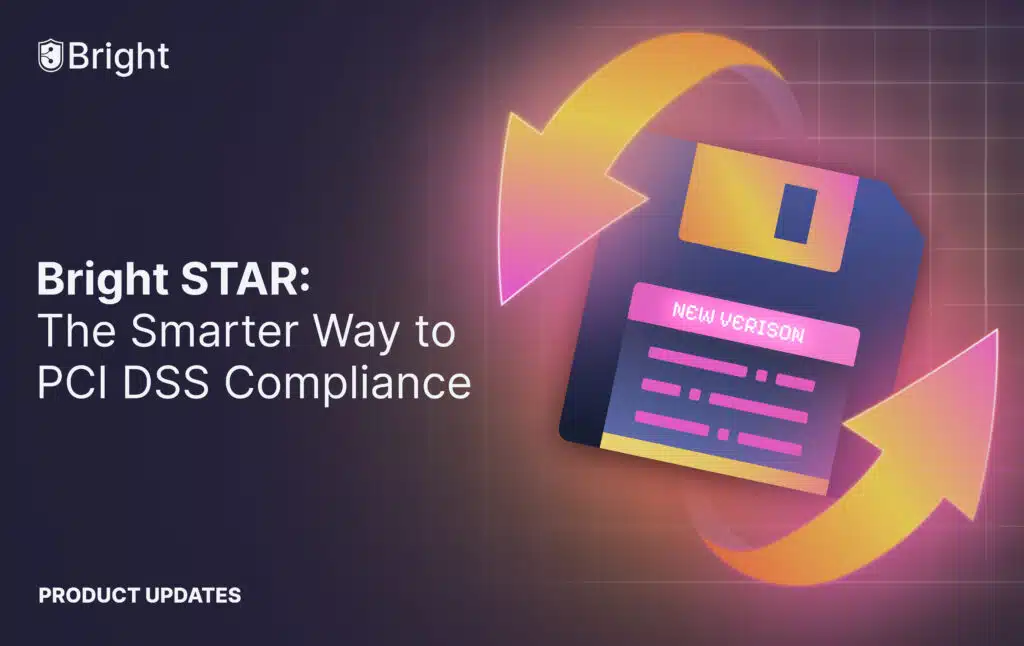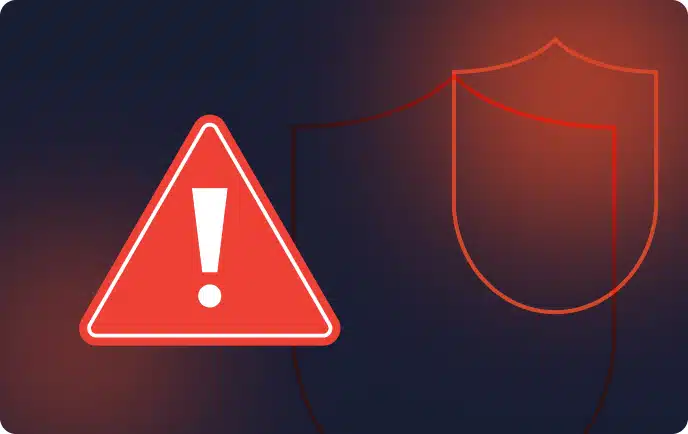Application and API security isn’t just good practice – it’s essential. For companies that handle credit card data, compliance with the Payment Card Industry Data Security Standard (PCI DSS) is non-negotiable. This framework lays out strict requirements for securing software throughout its lifecycle, and being able to prove that your code is secure is critical for passing a PCI audit.
That’s where Bright STAR comes in. Bright STAR is Bright Security’s AI-powered platform that brings security testing, auto-remediation, and real-time validation directly into the development process. It’s not just another security tool. It’s a new way to meet PCI DSS demands without slowing down development.
What Is Bright STAR and How Does It Fit PCI DSS v4.0.1?
Bright STAR (Security Testing & Automated Remediation) is built for modern development teams. It combines Bright’s powerful dynamic testing engine, a chunky library of security test cases, and AI smarts to automatically test, fix, and validate security issues in real time, right in your CI/CD pipeline.
Released in June 2024, PCI DSS v4.0.1 sets a clear expectation: companies must build and maintain secure systems and software if they handle cardholder data (CHD) or sensitive authentication data (SAD). That means having secure coding standards, running both static and dynamic tests, reviewing code, and ensuring fixes are validated and effective. Sections 6.2, 6.3, and 6.4 of the Standard lay this out clearly – and Bright STAR is built to address each of them head-on.
Why Traditional Tools Fall Short
Legacy security tools were never designed for holistic approach to the pace of today’s development cycles or the emergence of AI-generated code.
- SAST (Static Application Security Testing) scans source code without running it. While it’s good for spotting insecure patterns early, it often drowns teams in false positives and lacks the ability to validate whether a vulnerability is actually exploitable.
- DAST (Dynamic Application Security Testing) tests running applications and is more useful for real-world threats like SQL injection. But it typically happens late in the cycle, making issues harder and costlier to fix.
- AI-Generated Code introduces new challenges. AI can generate working code quickly – but it can also include outdated crypto, unsanitized inputs, or partial fixes. A vulnerability might be patched in one place but left open in another. Without a way to validate and iterate, these AI fixes can give a false sense of security.
The bottom line? Traditional tools are too noisy, too disconnected from developers, and often too late in the game to support modern PCI DSS compliance.
How Bright STAR Changes the Game for PCI DSS
Bright STAR is redefining how security and compliance are done in software development, not by replicating legacy SAST or DAST tools, but by achieving their intended outcomes more effectively.
Where SAST scans static code and DAST analyzes running applications, Bright STAR combines both perspectives by dynamically testing code at the unit level. before deployment. and automatically remediating and validating issues in real time. It delivers the functional goals of static and dynamic testing as required under PCI DSS (such as vulnerability detection, fix verification, and secure development), but with higher accuracy, less noise, and full integration into CI/CD workflows. Contrary to some opinions, what matters for compliance purposes is fulfilling the control objectives, not the legacy tool label.
1. Smarter Testing from the Start (PCI DSS 6.2, 6.3)
Bright STAR creates tailored security unit tests using a large internal library of test cases. These tests are generated automatically, based on your codebase, without manual setup or scanning profiles required.
This is particularly important for AI-generated code, which can introduce security gaps that aren’t immediately obvious. Bright STAR tests, fixes, and re-tests this code just like any other.
2. Shift-Left Security in CI/CD (PCI DSS 6.3, 6.4)
Unlike traditional tools that operate after deployment, Bright STAR integrates directly into your development pipeline. It scans every pull request or code push, catching security issues early. when they’re cheaper and easier to fix.
This shift-left approach means developers don’t need to wait for a full DAST scan or worry about manually syncing with the security team. Bright STAR handles vulnerability detection and even remediates issues directly in the development workflow.
It also offers broad vulnerability coverage across OWASP Web, API, and LLM Top 10 categories – capturing common and emerging threats, including those introduced by large language models and AI-assisted development. This ensures you’re meeting PCI DSS Requirements 6.3 and 6.4.
3. Automated Fixes, Delivered Fast (PCI DSS 6.3)
Detection is only half the battle. Fixing vulnerabilities quickly and correctly is where teams often stumble. Bright STAR auto-generates remediation code and refines it until the fix works.
This automation dramatically reduces time-to-fix, cutting weeks down to minutes. It also shrinks backlogs and reduces the burden on developers, freeing them to focus on building, not patching.
Bright STAR’s success rate is no joke: it auto-remediates about 85% of issues and cuts resolution time by over 95%. That kind of efficiency directly supports PCI DSS mandates to quickly patch and secure custom software (6.3.1, 6.3.3).
4. Real Validation, Not Just Hope (PCI DSS 6.4)
Here’s where Bright STAR in particular sets itself apart: it doesn’t just apply a fix and hope for the best. Once a patch is generated, STAR re-runs tests to confirm that the issue is fully resolved. If it’s not? The platform re-engages the AI to iterate until the vulnerability is genuinely gone.
This ensures full-class remediation, so a fix for one injection point isn’t hiding a missed vulnerability in another. This level of verification supports key PCI DSS requirements for validating fixes (6.4.1). Logs and reports generated by STAR also help meet audit requirements by providing concrete evidence of remediation and re-testing.
Final Thoughts
Bright STAR isn’t just another AppSec tool. It streamlines testing, automates remediation, and ensures that every fix is validated and logged. Whether your code is written by human hands or generated by an AI, Bright STAR makes sure it’s secure from the beginning. For organizations navigating the complex requirements of PCI DSS 4.0.1, Bright STAR offers a faster, smarter, and more reliable path to compliance without slowing down innovation.





